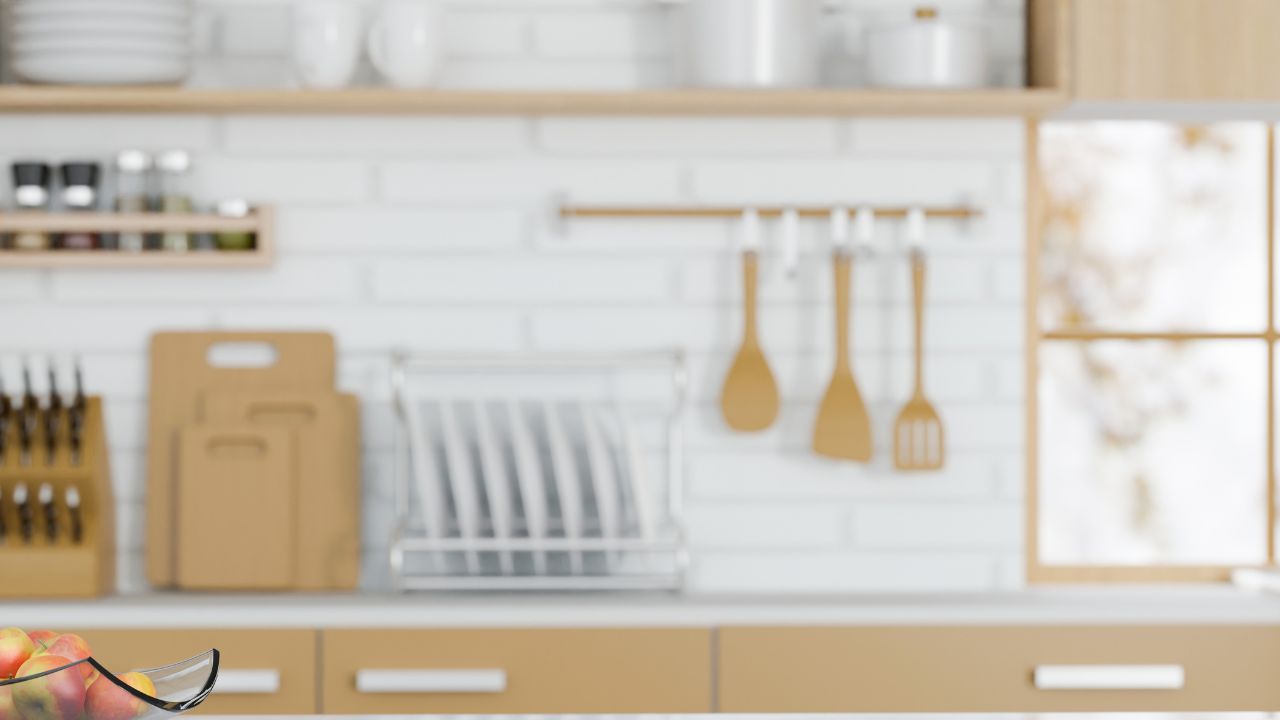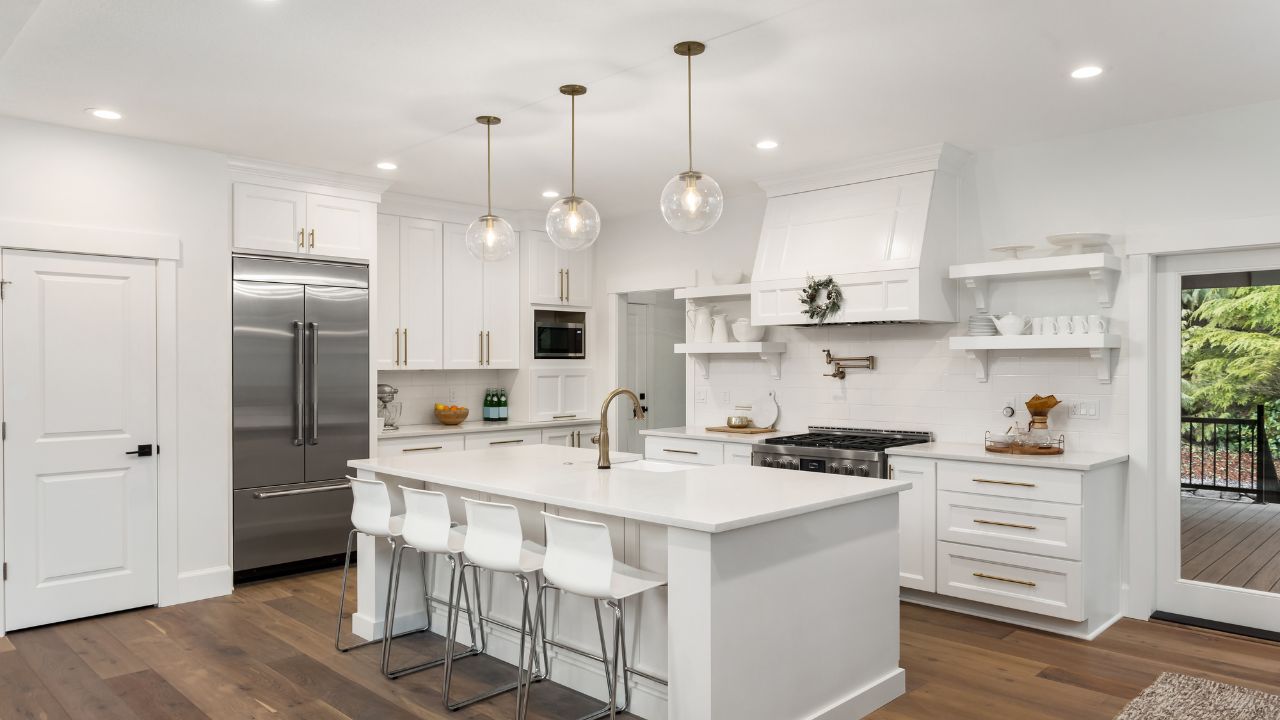Is your kitchen a trouble spot?
Perhaps, it’s just that a few things are in the wrong place.
We’ll show you how to properly arrange your kitchen and give everything a sensible place, from the coffee spoon to the kitchen appliance.
- Not too far away: Cutlery
Store your everyday cutlery and dishes as close as possible to the sink or dishwasher.
This way, they’re at hand and quickly put away again, making your kitchen tidy in no time.
Storing them in rooms further away, like the dining room, is not a good idea. Although it allows you to set the table quickly, it takes longer to put everything away after washing.
In the worst case, dishes and cutlery for the dining room are “temporarily stored” in the kitchen until someone takes them.
Find a spot for everyday dishes and cutlery that makes tidying up easy. Equipment that you only use on special days can safely be stored in the cellar. sink tidy
- Pans, Pots, Kitchen Gadgets Handy: Kitchen Gadgets
Everything you want to have quickly at hand while cooking should be stored around the stove. This way, you don’t have to take your eyes off your food when you need something.
It’s important to arrange everything clearly. This way, you can easily see which pot or pan you’re grabbing.
Tip! It’s best to check beforehand which pots and pans you use constantly and place them in a drawer or compartment near the stove.
Hanging is also a good choice; hooks or a pot rack are suitable for this.
Cooking utensils that you use less frequently can be placed where they won’t be in the way.
- Also in Place: Spices
Salt, pepper, vinegar, oil, sauces – everyone has ingredients they constantly need for cooking.
You don’t want to have to fetch these from inconvenient places, especially not when the food is already sizzling!
Good spots for everyday spices and ingredients are the kitchen cabinets and drawers to the right and left of the stove. They are quickly pulled out and put away there.
And nothing is left lying around.
- Safety First: Knives
With knives, it’s less important WHERE you store them than HOW you store them – which should be as safe as possible.
They are best kept in a knife block, or you can save space with a magnetic strip on the wall.
If neither is available, you can also store your knives in a drawer.
The important thing is that they are clearly visible and you don’t have to rummage through the drawer awkwardly.
You can read more about “safety” in our article on 16 potential hazards for children in the kitchen.
- Bowls, Tupperware, and the like
Bowls can be placed in various locations, one of which is near the refrigerator, where you can pack your supplies in containers or prepare a salad.
You should avoid packing Tupperware and the like in the upper shelves.
That’s because plastic bowls tend to stick together and then all come out at once, even though you actually only pulled on one of them.
- Electrical Kitchen Appliances Sanctuary or space robbers?
There’s no one-size-fits-all solution for small kitchen appliances – because how we use toasters, kettles, hand blenders, and the like varies greatly.
What’s important is that you don’t allow any kitchen appliance to take up unnecessary space on your worktop.
Think carefully about what you need daily and only leave things on the worktop that are in use every day. Everything else can disappear into drawers and kitchen cabinets.
Tip! Most microwaves can be hung up – freeing up space on the worktop.
Want to know how a small kitchen can appear larger? Find 8 tricks here!
- Needs a Landing Spot: Paperwork
If you’re reading “paperwork,” you might be wondering now. After all, your kitchen isn’t an office.
Well, if your kitchen is free of paperwork – congratulations. For many, paperwork ends up in the kitchen first, from post to newspapers to catalogues, notes, invitations, and greeting cards.
Our advice: Give the paper a landing spot from which it can be distributed. This can be a small basket, a hanging file, or a good bulletin board.
- Important: The Junk Drawer Even if some tidying enthusiasts don’t like to see it – the junk drawer belongs in every household. Because we all have things where we don’t know where to put them.
Our recommendation: Organise the junk drawer with small compartments to keep track – and throw away anything you haven’t used in the past two years.



